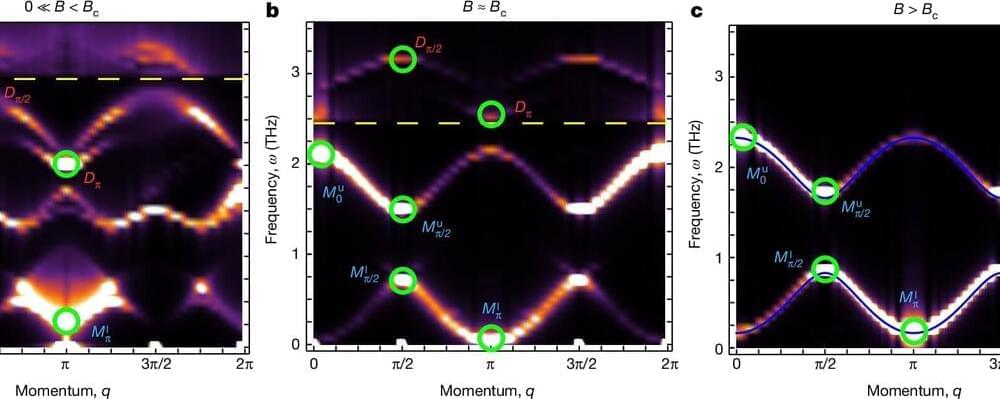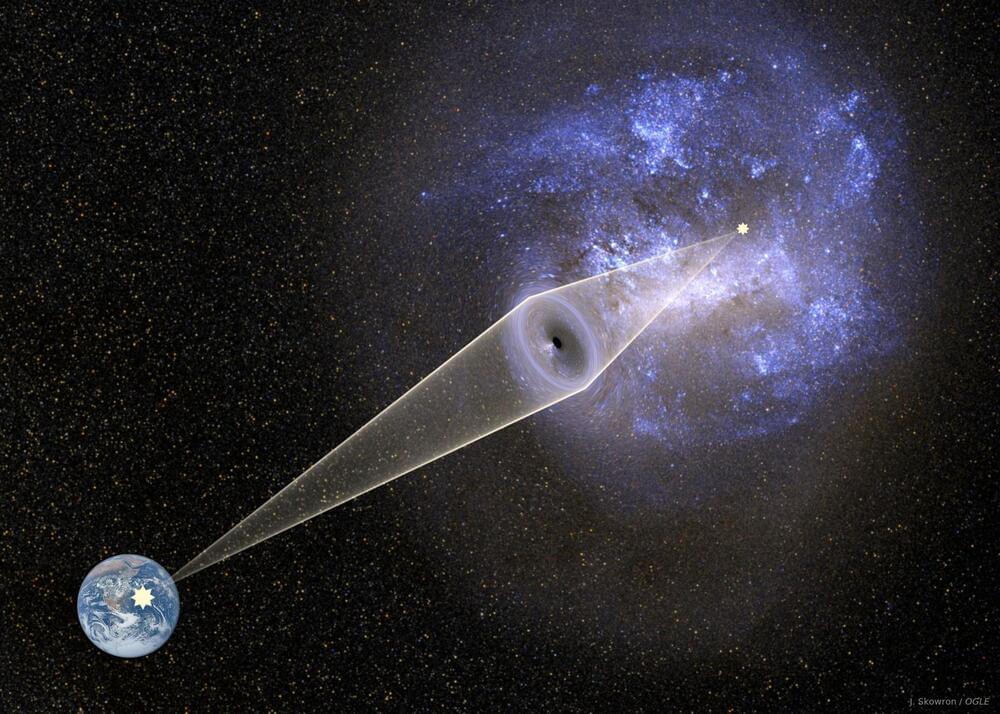A group of physicists specialized in solid-state physics from the University of Cologne and international collaborators have examined crystals made from the material BaCO2V2O8 in the Cologne laboratory.
They discovered that the magnetic elementary excitations in the crystal are held together not only by attraction, but also by repulsive interactions. However, this results in a lower stability, making the observation of such repulsively bound states all the more surprising.
The results of the study, “Experimental observation of repulsively bound magnons,” are published in Nature.









